Understanding Combination Feeding
Definition and Overview
Combination feeding, also known as mixed feeding, is the practice of feeding a baby both breast milk and formula or expressed breast milk through a bottle. Unlike exclusive breastfeeding or exclusive formula feeding, combination feeding provides a flexible approach that can adapt to various family needs and circumstances.
Benefits of Combination Feeding
-
Flexibility for Parents: Combination feeding allows parents to share feeding responsibilities, making it easier to manage their schedules and commitments. This flexibility can be particularly beneficial for parents returning to work, traveling, or dealing with health issues.
-
Nutritional Benefits: Even partial breastfeeding ensures that the baby continues to receive the unique antibodies and nutrients found in breast milk, which are crucial for the baby’s immune system and overall development.
-
Monitoring Intake: Using a bottle can help parents monitor the amount of milk their baby consumes, which is helpful for ensuring the baby is receiving adequate nutrition, especially if there are concerns about weight gain.
Potential Challenges of Combination Feeding
-
Impact on Milk Supply: Breastfeeding operates on a supply-and-demand basis. Introducing formula can reduce the frequency of breastfeeding sessions, potentially leading to a decreased milk supply over time.
-
Feeding Preference: Babies may develop a preference for bottle feeding due to the different sucking technique required. This can sometimes make transitioning back to exclusive breastfeeding more challenging.
-
Time and Effort: Expressing breast milk can be time-consuming and may not yield large quantities of milk for all mothers. Additionally, cleaning and sterilizing bottles and pump parts adds to the workload.
Strategies for Successful Combination Feeding
Gradual Introduction
Introduce bottle feeding gradually to allow the baby and mother’s body to adjust. Start with one bottle per day and gradually increase as needed. This approach helps prevent engorgement and reduces the risk of mastitis.
Maintaining Milk Supply
To maintain an adequate milk supply while combination feeding:
- Continue breastfeeding as often as possible.
- Use a breast pump to express milk between feedings.
- Ensure proper hydration and nutrition to support lactation.
Encouraging Bottle Acceptance
When introducing a bottle:
- Have someone other than the breastfeeding parent offer the bottle initially.
- Choose a calm, relaxed time when the baby is neither too hungry nor too tired.
- Be patient and allow the baby to explore the bottle at their own pace.
Transitioning Back to Exclusive Breastfeeding
If parents decide to return to exclusive breastfeeding after combination feeding, it is possible with patience and effort. Here are some steps to facilitate this transition:
- Increase Breastfeeding Sessions: Gradually reduce the number of bottle feeds and increase breastfeeding sessions to stimulate milk production.
- Skin-to-Skin Contact: Spend plenty of time with skin-to-skin contact to encourage the baby to breastfeed and boost milk supply.
- Seek Support: Consult with a lactation consultant or breastfeeding specialist for personalized advice and support.
Addressing Common Concerns and Emotional Challenges
Dealing with Mixed Feelings
It is normal for parents to experience a range of emotions regarding their feeding choices. Feelings of guilt or disappointment are common, especially if the initial plan was to exclusively breastfeed. It is important to focus on the well-being of both the baby and the parents, making the best decisions for their unique situation.
Practical Tips for Combination Feeding
- Follow Feeding Guidelines: Ensure that formula is prepared according to the manufacturer’s instructions, and all feeding equipment is thoroughly cleaned and sterilized.
- Monitor Baby’s Health: Keep track of the baby’s weight gain and overall health. Consult healthcare providers regularly to ensure the baby’s nutritional needs are being met.
- Stay Informed: Continuously educate yourself about the best practices in infant feeding to make informed decisions.
Conclusion
Combination feeding offers a versatile solution that can accommodate various family dynamics and needs. By understanding the benefits, challenges, and strategies for successful implementation, parents can make informed decisions that support both their baby’s health and their own well-being.
This comprehensive guide aims to provide parents with the necessary information and strategies to successfully navigate combination feeding, ensuring their baby receives the best possible care and nutrition.
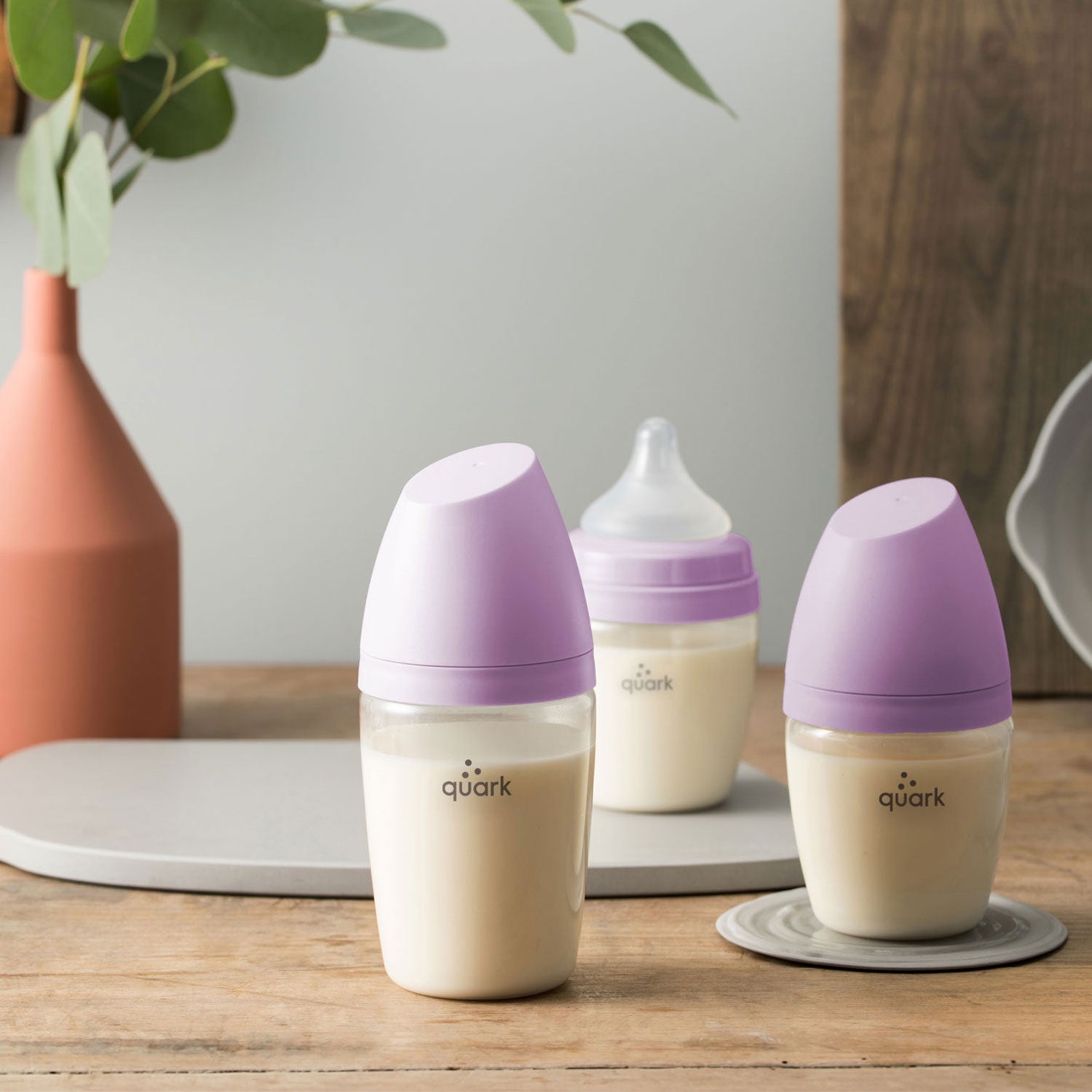




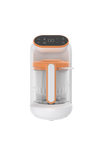

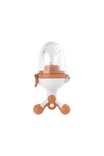
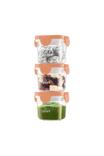


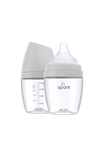
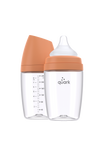
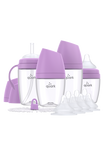
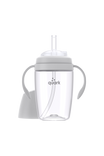
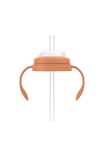
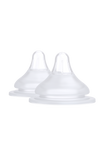
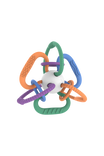




Leave a comment
All comments are moderated before being published.
This site is protected by hCaptcha and the hCaptcha Privacy Policy and Terms of Service apply.